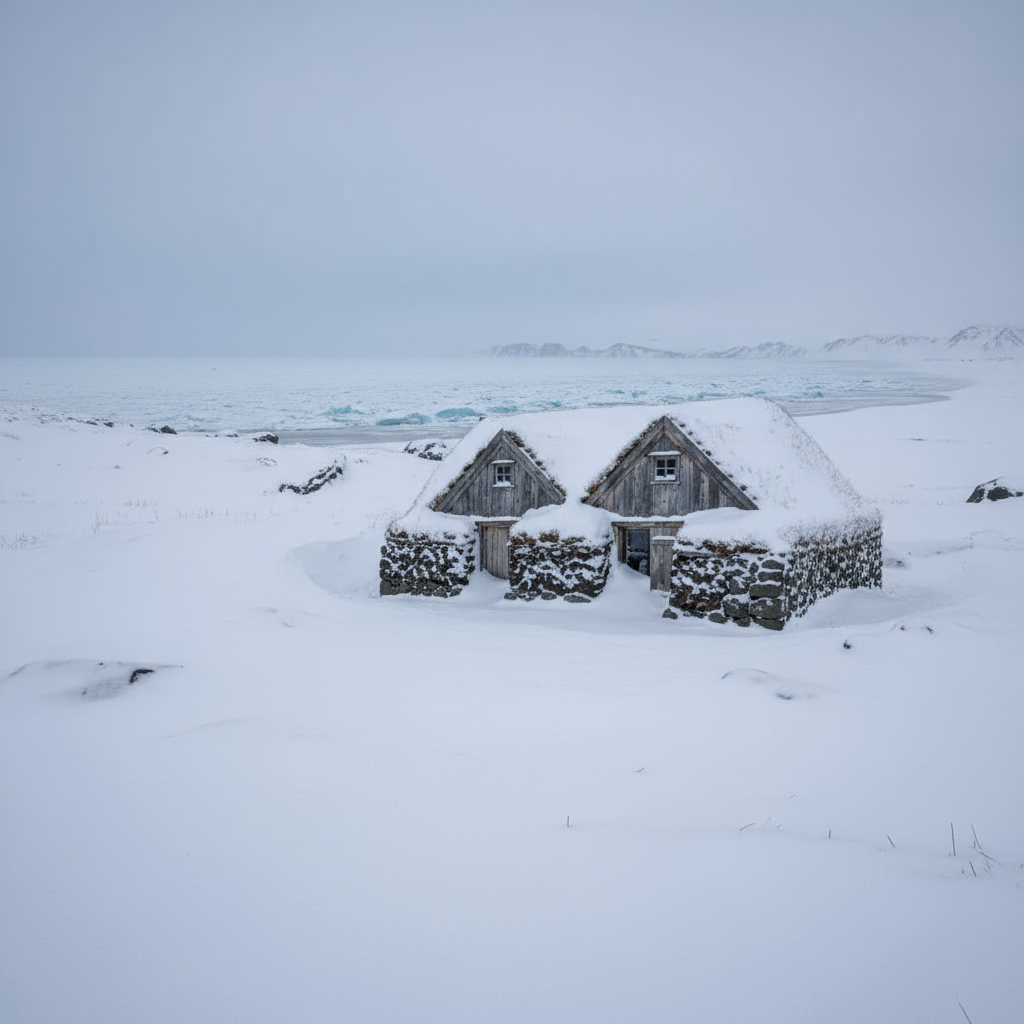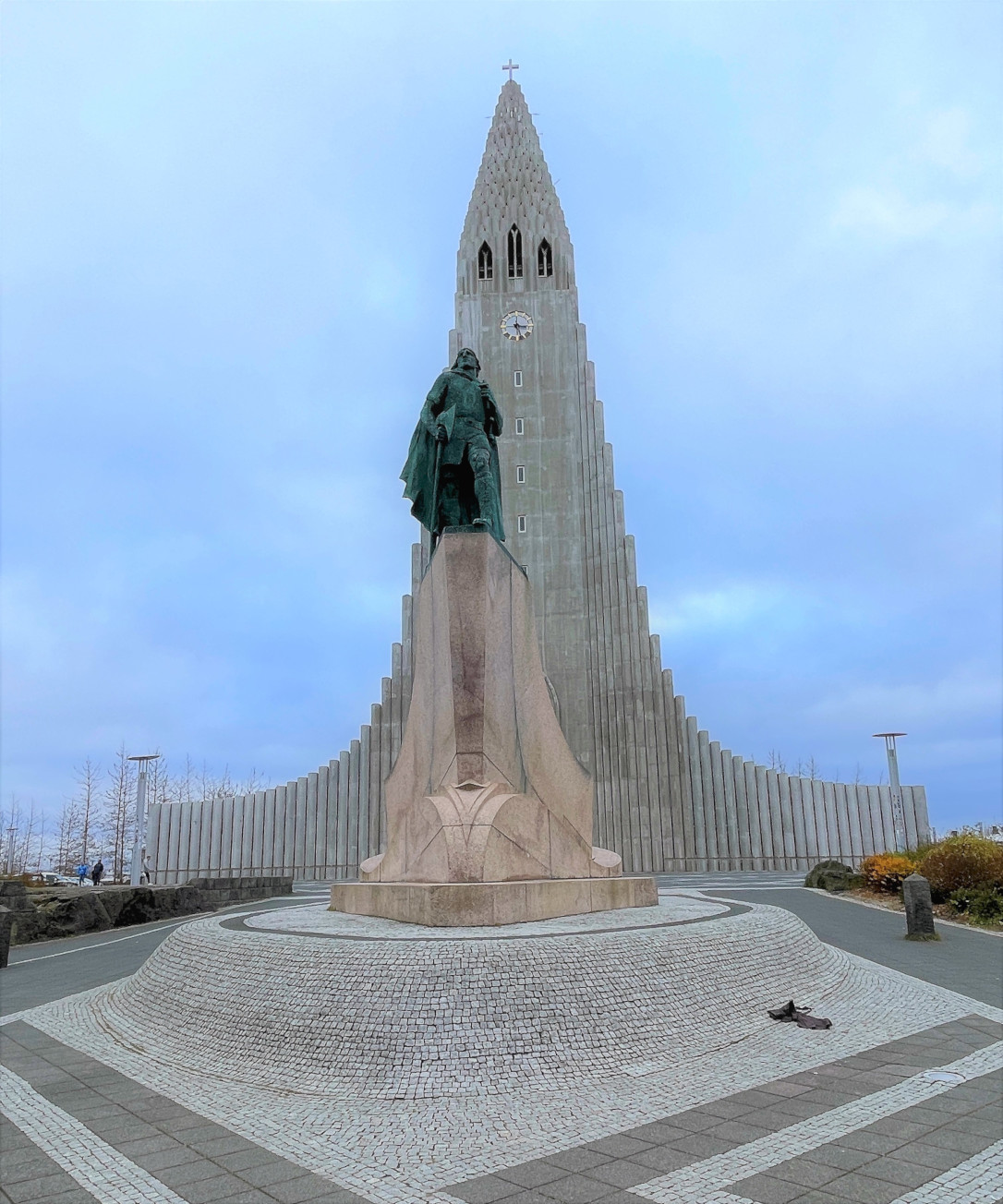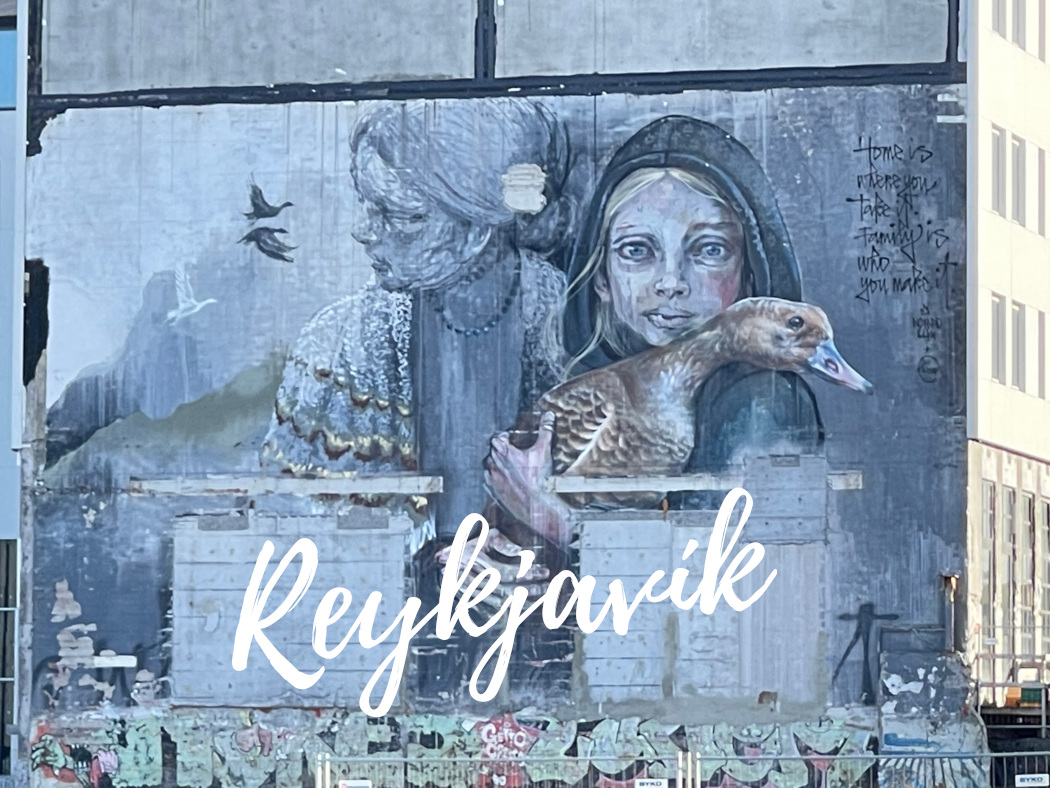 |
| Source: Albedo20 |
 |
| Overview over Reykjavik’s oldest area, Grjótaþorp in 1930. The nearest corner is the intersection between Túngata and Garðastræti, which is where Helgabær is located. The photo on the right is zoomed in on Grjótagata 11, which used to be Helgabær. Source. |
 |
| Photo taken from the Catholic Church. Helgabær is the white house to the left of center. The road going down the center of the photograph is Túngata. In the center of the photo is the corner where the Víkur church and cemetery used to be. This is also where Túngata merges with Aðalstræti. Ljósmyndasafn Reykjavíkur |
 |
| After Helgabær was torn down, Dr. Thoroddsen had a bigger house built. Here it is in 1951. Source |
The doctor and his wife sold the house and at some point, the Polish Embassy moved in. Then in 1973 it was again torn down and a new house was built. There was only one problem. The doctor´s wife, Anna. She had planted trees in the garden when they first bought it at the turn of the century. They were now one of Reykjavík´s oldest trees. In front of the house was a huge Laburnum or golden rain tree and its flowers were considered some of the most beautiful flowers in the city. There was also a large Sorbus intermedia tree.
 |
|
|
 |
| Left: This is the corner where Kirkjustræti meets Aðalstræti and Túngata. To the left is where Víkur cemetery and the flower garden used to be. The photo was taken in 1920. If you look closely, to the center left, there is a small house with a slanted roof. That was Indriði Einarsson’s house, the one that is now where Helgabær used to be. Source. Right: A screenshot of Google Maps. This is the exact same corner as the picture next to it. A tree is blocking the view, but if you could see through it, you would be able to see where Indriði’s house used to be. Today it is just an empty lot. Source. |
 |
|
|
 |
| The house on the lot today is the house that once stood on Tjarnargata 3c, the house that used to be the home of the spiritst, author and playwright, Indriði Einarsson. The house now has the address Grjótagata 11. Source. |
Although many of the individuals already mentioned in this blog have plenty of mystical stories to tell, this particular story is not about any of them. It is about a young boy by the name of Guðmundur Jónsson (1871-1937).
 |
| Helgabær as it looked in 1869. Source. |
 |
|
|
 |
|
|
 |
| Helgabær has been torn down and a bigger house built. Photo from 1959. Source. |
 |
| Whale tail sculpture. A gift from the Latvian people in appreciation for Iceland´s recognition of Latvian independence. Source . |
 |
| Whale tail sculpture. A gift from the Latvian people in appreciation for Iceland´s recognition of Latvian independence. Source . |
When Guðmundur was 16 he had made his way to Reykjavik and was staying at Helgabær. Still sick and only getting worse, Guðmundur was expected to die very soon. One day the Medical Director, Dr. Jónas Jónassen was called over to take a look at him.
 |
| Cysts from the liver of a 5-year-old girl |
 |
| Liver from a rhesus monkey infected with alveolar echinococcosis |
 |
| Northern dock |
 |
| Hops are the flower parts of Humulus lupus, which is an hemp herb. Source |
Sources:
Cover photo




